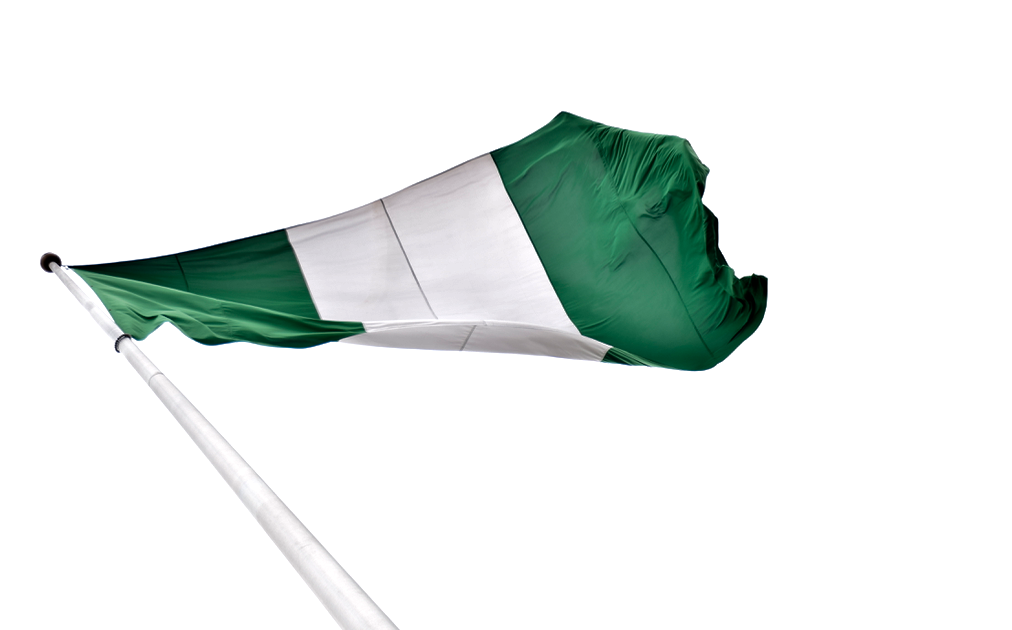When my article, ‘How to build a great brand’ was published recently, I received an email from an unlikeliest source. It came from Al Ries–one of the world’s best known marketing strategists — all the way from Atlanta, Georgia, United States, after reading the article in TheCable. Al is 93 years old and he began his working career at General Electric (GE) before venturing into advertising in New York. That was decades ago but in 1994, Al and his daughter Laura founded Ries&Ries Consulting and moved to Atlanta from where they have travelled to over 60 countries teaching the basic principles of marketing. It is therefore not surprising that they consult with Fortune 500 companies on brand strategy with significant results.
In my article, I cited two books written by Al and Laura Ries and he was thankful for the acknowledgement. Since then, Al and I have been exchanging emails discussing “positioning”, a concept dear to his heart that he developed in 1972– 48 years ago — when he was in New York. Al and his associate, Jack Trout, wrote a series of three articles on the new concept which was published back then in Advertising Age.The “positioning” idea shook the advertising world to its very foundation and changed forever the practice of advertising; in fact, “positioning” was voted by Advertising Age as ‘one of the 75 most important advertising ideas of the past 75 years’ at the time.In 2016, Al was inducted into the Marketing Hall of Fame by the American Marketing Association (AMA)to crown an outstanding and illustrious marketing career.
Al not only became famous as a pioneer of the “positioning” concept, he’s also the best-selling author (or co-author) of 11 books — he wrote five of those books with his daughter Laura — which have sold more than three million copies worldwide. One of the books is, ‘Positioning: The Battle for Your Mind’ which he co-authored with Jack Trout.So what is “positioning”? According to Al, “Marketing was originally thought of as communications, but successful brands are those that find an open hole in the mind in a specific category and then become the first to fill the hole with their brand name”. Whereas advertising tended to focus on creativity, positioning focused on the mind of prospects and the key to successful positioning was for your brand to be number one in the mind. How do you get into the mind? Al says it is by attacking on a narrow front –by focusing on one thing! It is the surest way of building a strong equity for a brand that becomes valuable for a long time.
The positioning strategy means organisations must narrow their focus because you cannot be too many things to too many people at the same time – it can confuse your target audience; you must be known for something. Al says a combination of strategy and tactics – in that order – are needed to win the battle for the mind, adding that the objective of a marketing programme is to get into the mind.In positioning, the category is the basis for establishing a brand leader in that category. For example, when we talk of internet searches (category), Google (brand) readily comes to mind as the brand leader or if you mention electric cars (category), Tesla (brand) is number one in the mind.“These brands are going to be successful for almost forever because they were the first to occupy the number spot in the mind,”Al says.
Advertisement
In Nigeria, we can cite similar examples of brands that are leaders in their respective categories because they focused on one thing. These categories include financial services, payment solutions, publishing, food and beverage, broadcasting, fashion and lifestyle, hospitality, marketing communications, education, music and entertainment, ICT, consulting, engineering and construction, telecoms, agriculture, air travel, road transportation, healthcare, real estate, and so on. Please note that each of these categories can be further subdivided into additional categories where a brand can also become number one in the mind. In fact, Al says brands should seek to create their own categories and lead in those categories by being competitor oriented, and not customer oriented.
Most organisations make the mistake of extending the line for the ‘same brand’ instead of ‘creating different brands in different categories’.The danger of line extension is that a brand is “cannibalised” to give life to new variants in the same category. Two or more brands with similar identity cannot compete in the same space – the brand image suffers a crisis of identity. Ultimately, the extensions lose their credentials, appeal, authority and equity because the positioning strategy was disregarded – the secret is to focus on a single position in a separate category. From my emails with Al, he revealed that Apple — known for their innovative products globally — avoided this trap by creating different lifestyle brands that became winners in their respective categories. The iPod was launched in 2001; the iPhone in 2007 and the iPad in 2010. According to Al, each new brand was helped by the success of the previous ones – it means timing is important. In the process, Apple became the most-valuable company in the world, worth $1.25 trillion on the stock market.
Brands are one reason why the per-capita gross domestic product of America is about $60,000 as compared to Nigeria’s $2,000.A global consulting firm, Interbrand, issues an annual list of the 100 most-valuable brands in the world. The country with the largest number of “most-valuable brands” is America with 49 of the 100 brands. In one email, Al sent me a 64 page power-point strategy document which was the outcome of an extensive research study on developing a global brand position for Nigeria.
Nigeria is the largest country in Africa with a population of about 200 million but Al says Nigeria has another important characteristic — Nigeria has a larger percentage of arable land (33%) than any other country in Africa. The percentages of arable land are as follows: the world (21%), Europe (35%), America (19%), Africa (7%) and Nigeria (33%). On the other hand, Africa has the lowest percentage of arable land of any of the five major continents: Europe, North America, South America, Africa and Asia, and this explain why Nigeria is often called The Breadbasket of Africa. In my earlier article, I hinted that Nigeria can be known to the rest of the world as the Food Basket of Africa. Al replied in an email and said he agreed with me.
Advertisement
“Nigeria could easily become economically more successful by exporting food to almost every country in Africa — but not generic food because it is difficult to make money selling generic products. A country’s position is not based on a marketing programme but on global brands that reflect some overall idea”, says Al. For example, Germany is known for automobiles, not because the country ran an automobile marketing campaign, but because of the global success of Mercedes-Benz, Audi, BMW and Volkswagen.
Countries that are economically successful focus on exporting brands, not commodities. France, Italy, America have also established their credentials as home to global brands for fashion and wines, design and computer technology respectively. Talking about wines, France developed Champagne, a new wine category that made the country globally famous apart from the successes recorded by iconic fashion brands such as Chanel, Dior, and Saint Laurent amongst other equally famous fashion brands.
Nigeria has a larger percentage of arable land (33%) than any other country in Africa.Based on Al’s findings, Nigeria should start the process of building global food brands that would be leaders in their categories but not all at once – we have to take one brand at a time. We have to focus on where we have our competitive advantages in the agriculture sector which supports government policy of shifting attention to non-oil exports.
Braimah is a public relations and marketing strategist based in Lagos
Advertisement
Views expressed by contributors are strictly personal and not of TheCable.
Add a comment






